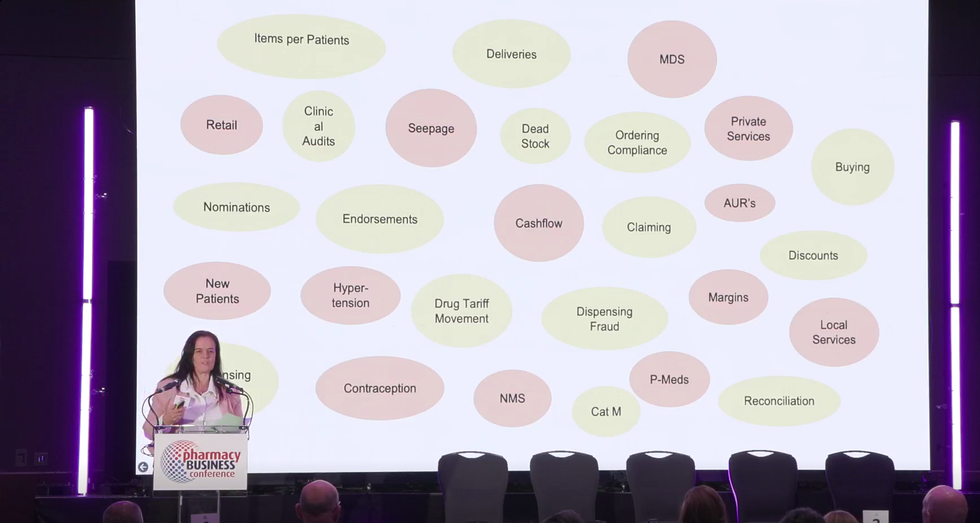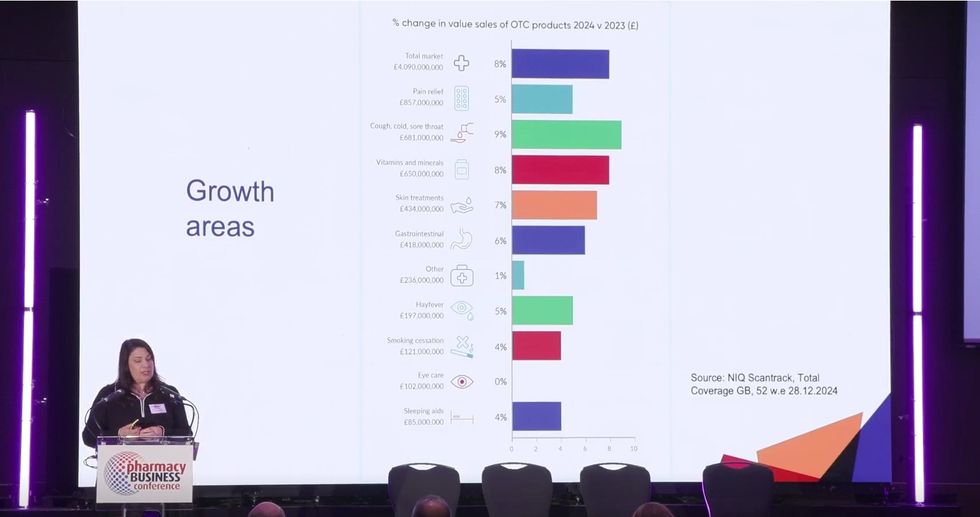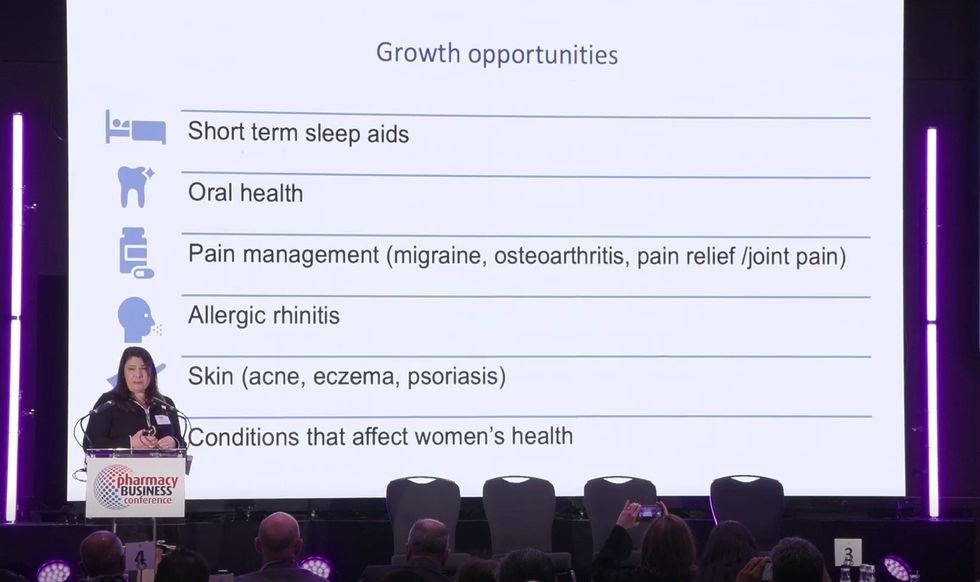Tariq Muhammad considers the demand for pharmacists and how community pharmacies can compete…
Pharmacist shortages and spiralling locum costs have set the heads spinning of many pharmacy contractors. WhatsApp groups are filled with owners and area managers posting messages literally begging to find a pharmacist to cover a slot at short notice.
Some voice anger at locums demanding rates over £70 per hour, plus travel time and expenses. Others have expressed their rage when left in the lurch after a booking is cancelled at the last minute in favour of someone who is willing to pay more.
Then there are examples of pharmacists who simply do nothing when they eventually do turn up.
Unsurprisingly, bodies representing pharmacists and locums deny any shortage whilst justifying the current costs as being absolutely appropriate. They argue that any failure to motivate, retain or recruit pharmacists is down to employers and their poor working conditions.
Meanwhile, the GPhC have distanced themselves from the topic entirely, stating that the current situation is a matter for the market to resolve.
Putting aside the heated exchanges in social media, and whatever the cause, the impact is real. More pharmacies have had to close during the last 12 months due to lack of pharmacists which has impacted supply of medicines to patients.
Those businesses that have remained open are having to employ more staff and juggle their finances without any obvious way of recouping increased operating costs.
Supply and demand
So how did we get here? Well, the current situation is an inevitable consequence of the laws of supply and demand. The pandemic caused increased absences due to sickness or self-isolation, while Covid vaccination centres have depleted pharmacist stock.
Meanwhile, thousands of new roles in PCNs created by government initiatives have given pharmacists new opportunities to explore in primary care. Even community pharmacies previously operating with just one pharmacist, need more pharmacists to help deliver vaccinations and new services.
Such an increase in demand, without any corresponding increase in supply, has led to the perfect conditions for pharmacists to dictate their terms of service and their remuneration. And who can blame them for wanting to make hay while the sun shines.
Those of you long in the tooth, like me, will recall this is not the first time this has happened. I vividly remember the fallow year in 2000 when there were no new pharmacists due to the degree course being extended from three to four years.
At the time, I was running over 20 pharmacies and went through all the emotions that contractors are experiencing today. But let’s not forget there have also been periods, even in the recent past, where there has been a surplus of pharmacists and locum rates have dropped to as little as £11 per hour. I certainly don’t remember any contractors complaining very much back then.
Future of pharmacists
We often talk about the future of pharmacy but we don’t talk much about the future of pharmacists. Whilst there is an overlap, the two are not the same. The former is concerned with the services that pharmacies could provide in the future, models of service and supply, the way businesses should operate and how they should be funded.
The latter however, takes into account the needs of the individual. I still remember the day I qualified as pharmacist and turned up to my first locum booking. Having completed my pre-reg in hospital, this was my first exposure to community pharmacy.
I got through the day having dispensed about 200 items with the help of my faithful dispenser. My job was essentially to click buttons on a screen and nod enthusiastically to boxes waved around my face.
I lasted about three days before the monotony of checking prescriptions made me question if I had made a mistake in entering this profession. Surely this was not what I had just spent all those years studying for?
At that moment, if there were opportunities like PCNs or becoming an IP, I would have jumped at the chance to exit community pharmacy. But those options didn’t exist. So
like any locum today, I resigned myself to getting as much as I could financially until such time something more interesting came along.
So what do pharmacists want today? Well, I’m pretty sure it’s the same as what my 22 year old self wanted. Yes, remuneration needs to be better – when we look to other western countries, the UK lags behind.
But just as important, we need to find ways to make sure pharmacists exercise the skills they are trained for. Everyone needs a purpose in their life and checking prescriptions all day is hardly a rewarding pursuit.
It’s also about how the role is done. In an age where flexible working is talked about in every other industry, pharmacists should be allowed to have flexible working conditions. If pharmacy is to thrive as a profession, we need to create an environment where pharmacists can practice their skills in ways that suit them and their family.
Technology
We now have the technology which can automate the dispensary and rid the pharmacist from final checks. We can use AI that will clinically check the vast majority of prescriptions.
Where clinical checks are still needed, our cloud based systems can allow pharmacists to work off-site to manage the remainder.
The vast amounts of data we hold on our systems can give pharmacists the ability to provide targeted care for their patients. The number and range of clinical pharmacy services is set to rise rapidly and we need to free up pharmacists away from the chore of dispensing entirely to focus on the roles they are qualified for.
Even if the income is not quite sufficient to entirely fund the pharmacist right now, it will be in a few years. If community pharmacy can create environments which put the pharmacist centre stage, remunerated fairly, and without the monotony, then I’m pretty sure quality pharmacists will be falling over themselves to work in such places, and at this point, supply could outstrip the demand.
(Tariq Muhammad is CEO of Invatech Health.)








 Leverage data sources within community pharmacy
Leverage data sources within community pharmacy  Connecting data dots to spot the “elephant in the room”
Connecting data dots to spot the “elephant in the room”


![Potential Side Effects of Mounjaro [What You Need to Know]](https://www.pharmacy.biz/media-library/image.jpg?id=54516976&width=400&height=224&quality=90&coordinates=0%2C29%2C0%2C29)


 NielsenIQ data shows a positive trend in OTC sales
NielsenIQ data shows a positive trend in OTC sales  Six broad health conditions where medicines can be reclassified are shown on the screen.
Six broad health conditions where medicines can be reclassified are shown on the screen. 

